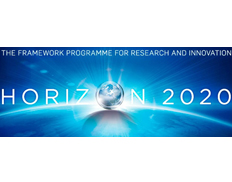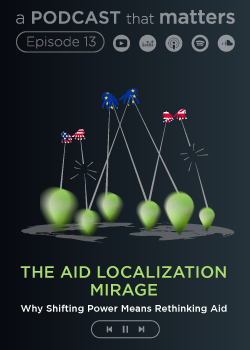Print

4D Printing of Human Vascularized Cardiac Patches and Hearts for Regenerative Medicine: 4DPrintedHeart
Details
Locations:Israel
Start Date:Jul 1, 2021
End Date:Jun 30, 2026
Contract value: EUR 2,000,000
Sectors: Health, Science & Innovation
Description
Programme(s): H2020-EU.1.1. - EXCELLENT SCIENCE - European Research Council (ERC) MAIN PROGRAMME
Topic(s): ERC-2020-COG - ERC CONSOLIDATOR GRANTS
Call for proposal: ERC-2020-COG
Funding Scheme: ERC-COG - Consolidator Grant
Grant agreement ID: 101001242
Project description
Patching a broken heart
Heart transplantation is the only option for patients with end-stage heart failure. However, the scarcity of suitable organs requires alternative approaches that aim to regenerate the diseased heart. Researchers of the EU-funded 4DPrintedHeart project previously produced 3D-printed cardiac patches that contain blood vessels, but their function remains premature as they lack blood-pumping ability. The aim now is to advance the approach through novel printing methods and delineate the mechanisms underlying the maturation of the printed tissues and hearts. Results are expected to advance the field of tissue engineering and revolutionise heart transplantation.
Objective
Heart diseases are a major cause of death in the Western world. No sustainable regenerative therapy is currently available, and cardiac transplantation is the only treatment. However, the scarcity of matching heart donors raises the need to develop new regenerative medicine approaches. Recently, our group has shown the use of patient-specific cells and personalized hydrogels to 3D print vascularized cardiac patches. Moreover, we have developed printing technologies which allowed to print small-scale, cellularized human hearts with the major blood vessels. Despite these and other advances in the field, the premature hearts are very basic, and their ability to pump blood and function in vivo is still considered futuristic, requiring several major breakthroughs. In this proposal, I plan to go far beyond the current state-of-the-art and overcome some of the remaining challenges in the field. We will develop novel 4D printing approaches, allowing to print human cardiac patches and whole functional hearts, including ventricles, atria, pacemakers, conduction system and extensive vasculature, in high resolution. We will decipher the mechanisms underlying the maturation of the printed tissues and hearts, which are essential for the synchronous contraction and heart pumping. Functionality of the printed structures will be compared to that of native cardiac tissues and whole natural hearts by examining their reaction to chronotropic and cardiotoxic drugs, proving their additional potential to serve as reliable, predictive drug testing platforms. The printed tissues and hearts will be then heterotopically transplanted, and their anastomosis with the host blood vessels, contraction and blood pumping capabilities in vivo will be tested. Finally, we will demonstrate the ability of the printed, vascularized cardiac patches to improve heart function. Successful completion of this ambitious project will provide a sustainable regenerative therapy for a myriad of devastating maladies.

